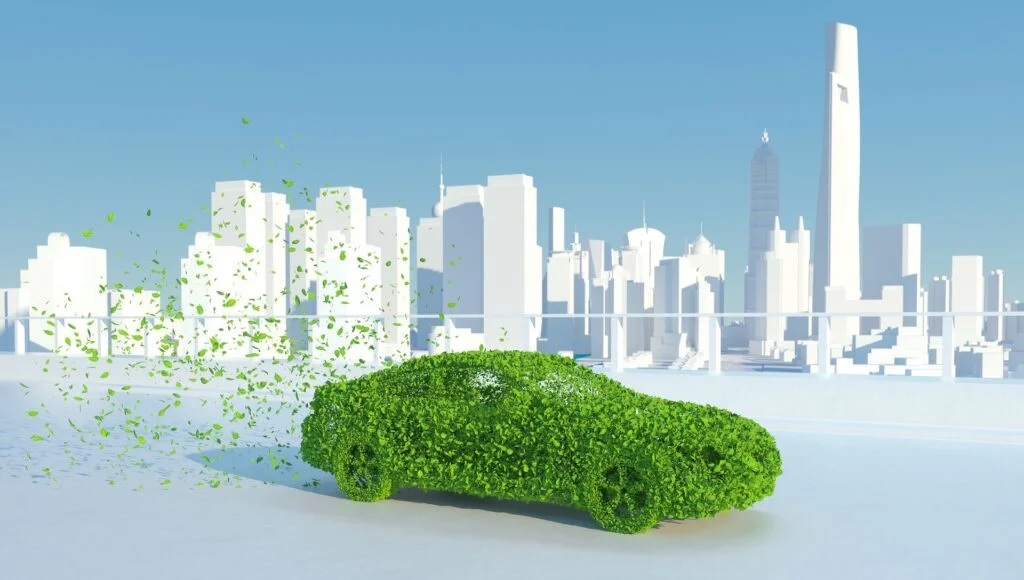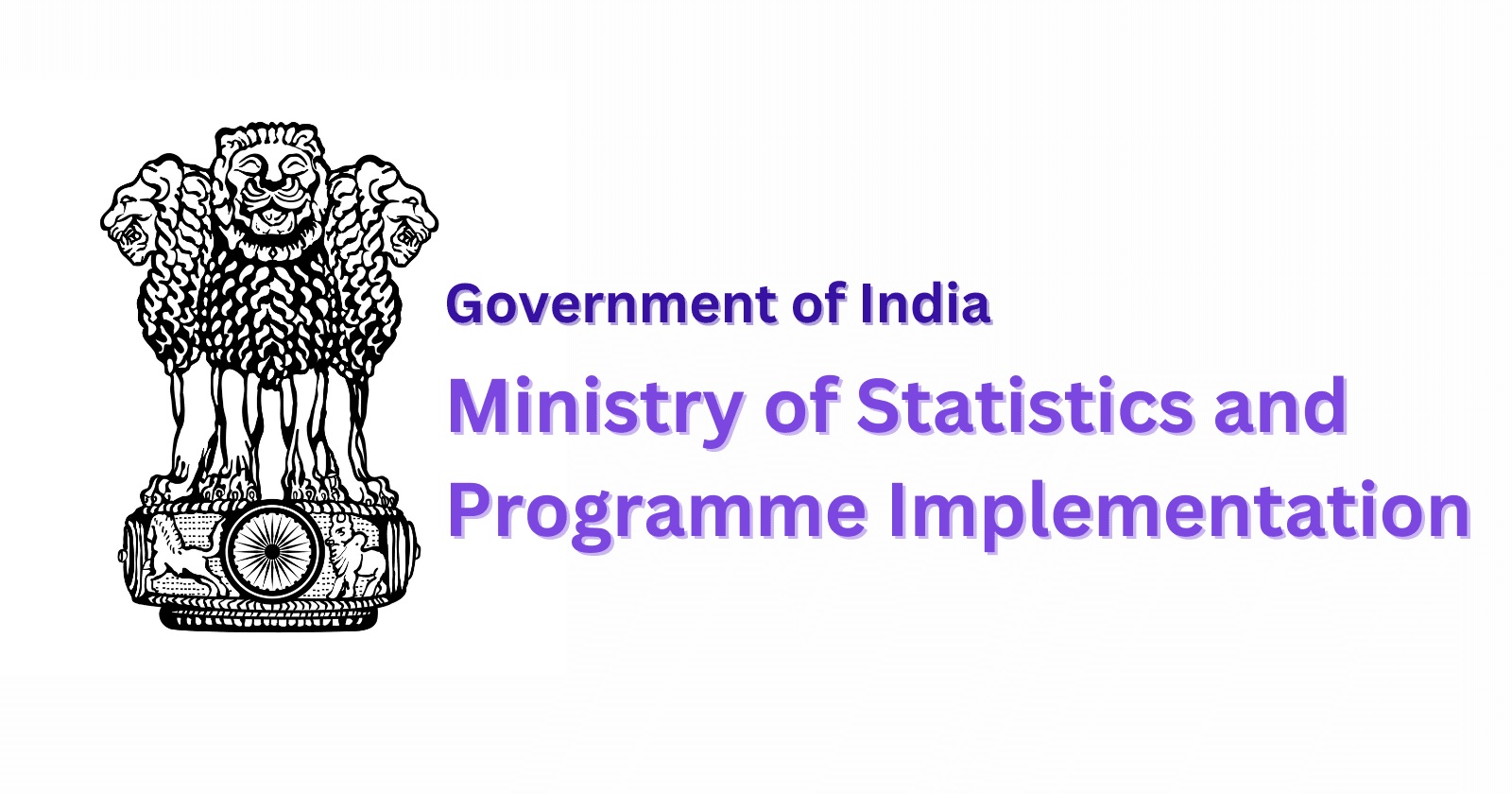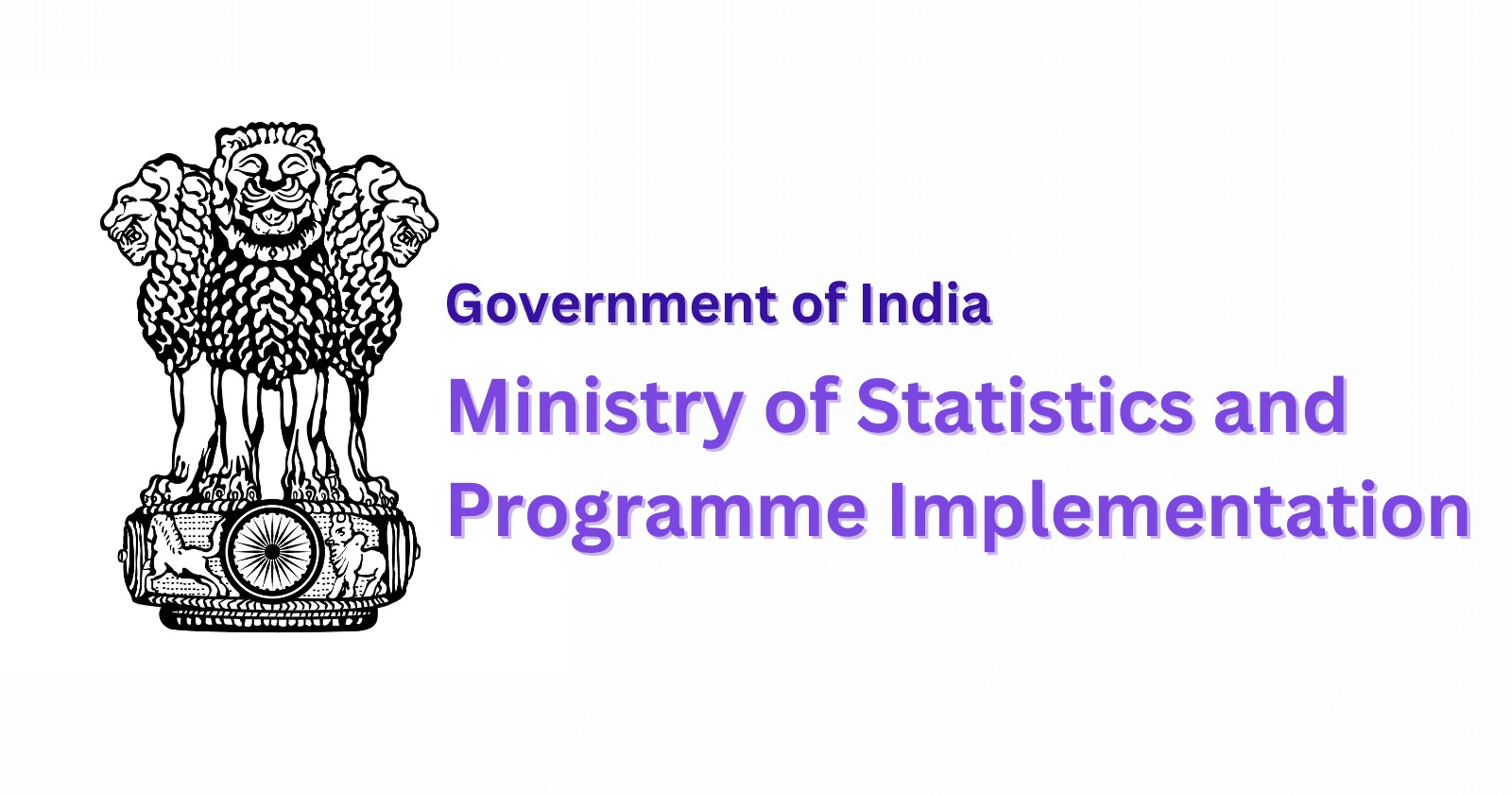Bureau of Energy Efficiency (BEE) unveiled a draft of
the third phase of the Corporate Average Fuel Efficiency (CAFE) norms,
proposing a substantial overhaul of the country’s fuel efficiency and carbon
emission regulations for passenger vehicles.
More on the News
¨
The CAFE 3 norms proposed
to address a long-standing demand by some carmakers in the country, that is to
offer emissions relaxation to small, light-weight cars, a metric that is
already followed in some countries globally.
¨
The draft applies to M1
category vehicles, which are passenger cars with a seating capacity of nine
people including the driver, and weighing up to 3,500 kg.
CAFE Norms
¨
These norms refer to fuel
economy standards implemented by the government to reduce fuel consumption and
CO2 emissions, thereby contributing to energy conservation and environmental
protection.
¨
The primary goal of CAFE
norms is to incentivise automakers to produce and sell more fuel-efficient
vehicles.
¨
BEE introduced the CAFE
norms in 2017 under the Energy Conservation Act, 2001, as part of India’s
efforts to curb fossil fuel dependence and air pollution from road transport.
¨
These norms apply to
vehicles running on petrol, diesel, liquefied petroleum gas (LPG), compressed
natural gas (CNG), hybrid, and electric passenger vehicles (EVs) with gross
weight less than 3500 kg.
¨
Instead of setting limits
for individual cars, CAFE norms set an average limit for all passenger vehicles
sold by any original equipment manufacturer (OEM) in a fiscal year.
Evolution of CAFE norms
¨
The first phase,
implemented in 2017–18, capped average fuel consumption at 5.5 litres/100 km
and CO2 emissions at <130 gm CO2/km.
¨
The second phase, in
force since 2022–23, tightened this to 4.78 litres/100 km and <113 gm
CO2/km.
Draft CAFE 3 Norms
¨
The proposed CAFE 3 norms
further ramp up ambition over the five-year period from FY28 to FY32,
tightening fleet-wide fuel consumption limits to 3.72–3.01 litres/100 km, with
average CO₂ emissions capped below 91.7 g/km.
¨
Small Cars: The draft
allows additional concessions for cars with an unladen mass up to 909 kg,
engine capacity not exceeding 1,200 cc, and length under 4,000 mm. These
vehicles can claim an extra reduction of 3.0 gm CO2/km, capped at 9.0 gm/km in
any reporting period.
Super Credits
¨
Super credits are a regulatory
mechanism where low- or zero-emission vehicles are counted multiple times
toward an automaker’s fleet average, effectively giving extra credit for
producing environmentally friendly vehicles to encourage their adoption.
¨
Battery electric vehicles
(EVs) and range-extender hybrids will be counted three times, plug-in hybrids
2.5 times, and strong hybrids twice. Flex-fuel vehicles, running on ethanol
blends, receive a multiplier of 1.5.
Carbon Neutrality Factor
¨
CNF is a new metric which
provides further emissions relaxation based on the type of fuel used.
¨
Petrol vehicles running
on E20 to E30 blends will get an 8% reduction in their tailpipe CO2 figures.
¨
Flex-fuel and strong
hybrid vehicles will get a 22.3% deduction, while CNG vehicles will be eligible
for a 5% CNF, or higher, based on the share of compressed biogas in the fuel
mix.
Emission Pooling
¨
It allows a company with
a less efficient fleet to balance its emissions by combining with one that
sells cleaner vehicles, effectively averaging out its overall emissions.
¨
Under the draft, up to
three manufacturers can form a pool and be treated as a single entity for
compliance purposes.




